
Shader Graph

Simplifying shader creation
Shader Graph lets you visually author shaders and see the results in real-time. This node-based system opens up the field for artists and other team members – simply connect nodes in a graph network.
Shader Graph solutions
Streamline your workflow by creating high-quality shaders. Create and connect nodes visually, and instantly preview your work to speed up iteration.

Intuitive shader creation
Shader Graph enables fast iteration time at every step of the shader creation process. Almost every node has a built-in preview that enables you to see step-by-step output. The graph itself has an overall preview, so you can see the end results of your shader. If your shader is applied to a model in the scene, the shader updates instantly when saved, giving you split-second updates. All of the clunkiness of code syntax, compiling, and building are removed, so there are no barriers between you and your creative vision.
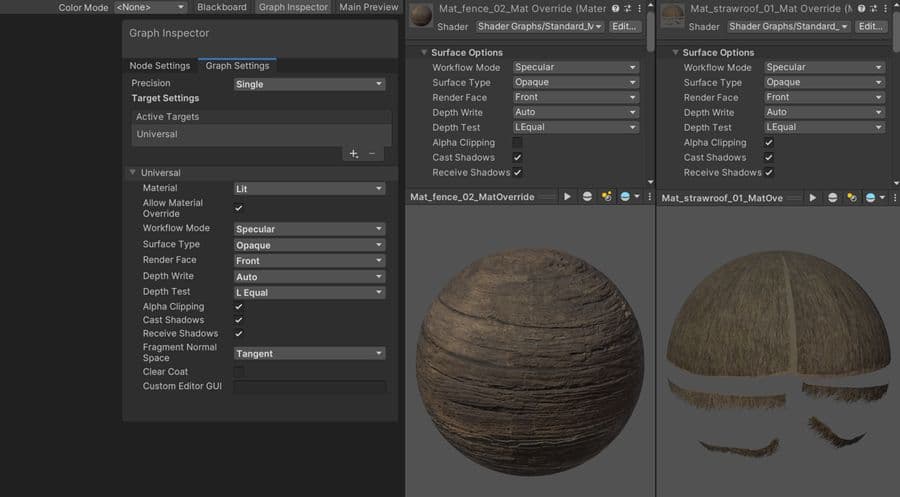
Customize to your vision
The Shader Graph Asset provides preconfigured options for different Materials. The nodes in Shader Graph represent data about the objects to which the Material is applied, including their mathematical functions, procedural patterns, and more. Add your own custom functions with the Custom Function node, or wrap your nodes in a subgraph to expand your node library with custom calculations.
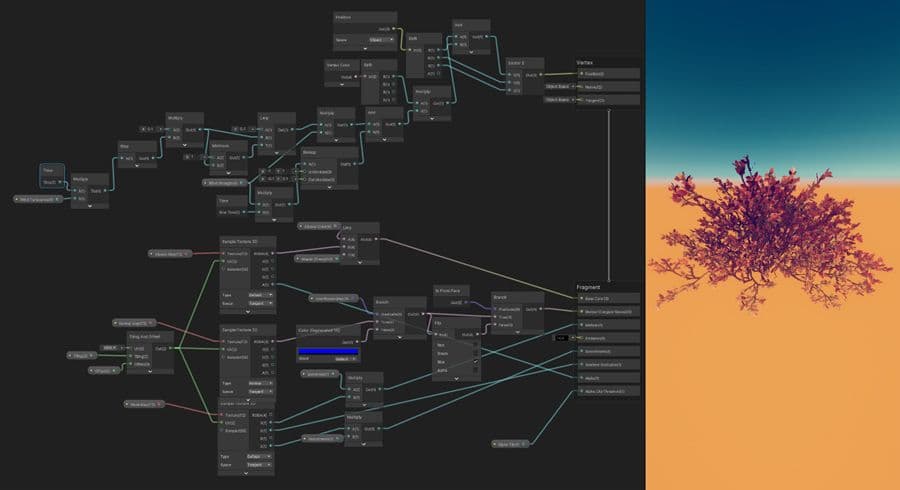
Interactive shader response
Shader Graphs can get information directly from the Scene, allowing you to create animated and interactive effects that respond to your user’s actions. Custom color skins, wading water ripples, or foliage gently blowing in a breeze can help bring your project to life, and Shader Graph can help you achieve these effects.

Render according to your pipeline
Each Shader Graph file you create can output to multiple target renderers, including the Built-In Render Pipeline and the Scriptable Render Pipelines available with Unity, the Universal Render Pipeline (URP) and the High Definition Render Pipeline (HDRP). You can also create Shader Graphs to use inside of the VFX Graph to bring VFX in your project to the next level.

Create with precision
The Master Stack is the end point of a Shader Graph that defines the final surface appearance of a shader. It helps users to visualize the relationship between operations that take place in the vertex stage – when attributes of the polygon’s vertices are calculated – and the fragment stage, when calculations are made to see how the pixels between the vertices look. Add your own interpolator blocks to the vertex stage to gain finer control over your shader calculations.
New resources
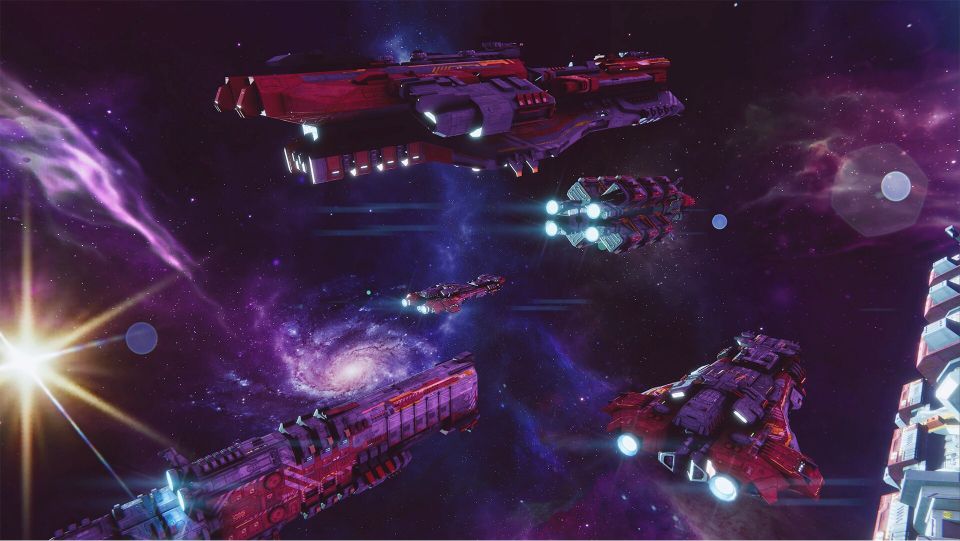
What’s new for artists in 2021.2
Discover the latest features and improvements built to help artists and designers optimize their creative workflows and produce powerful immersive experiences.
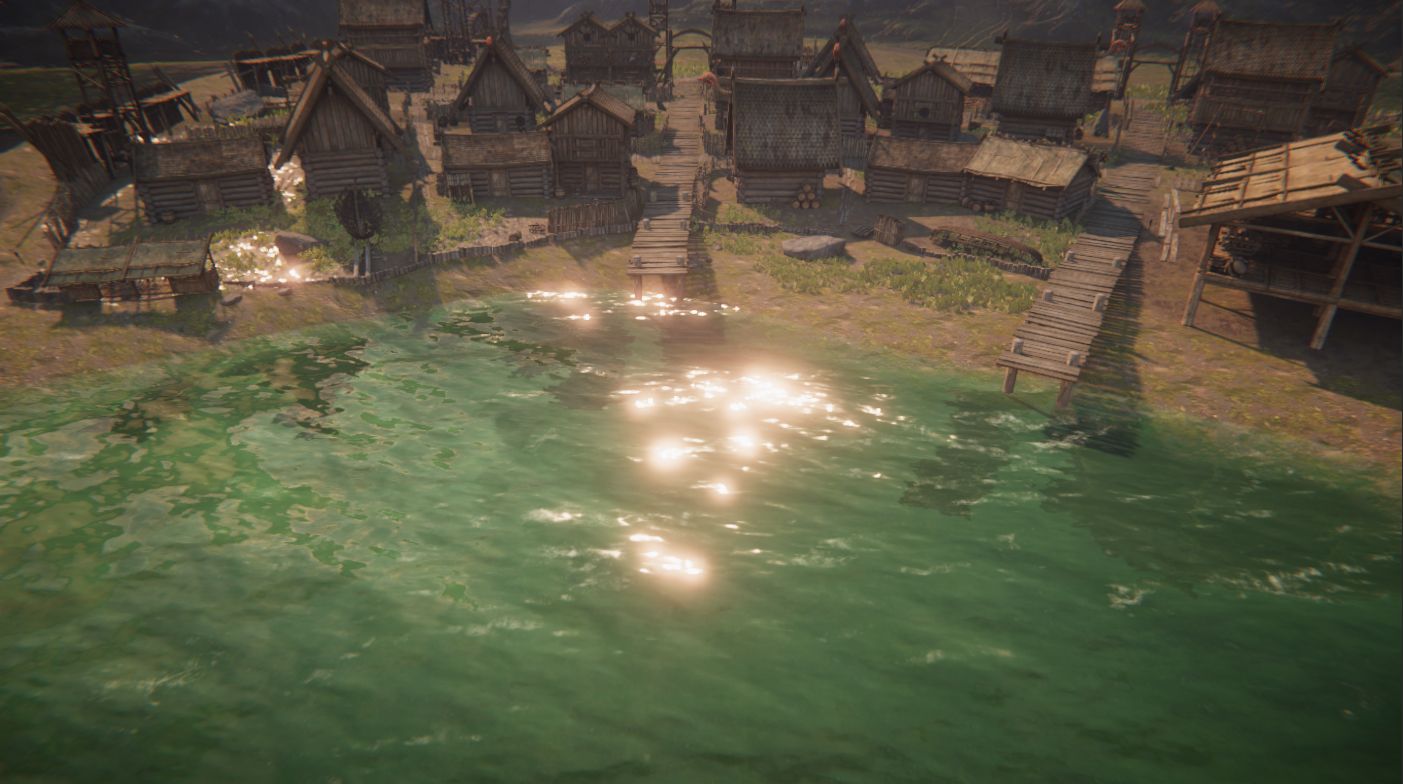
Shader Graph updates in 2021.2
Exciting new features in Shader Graph in the 2021.2 release will help you unlock greatly improved artist workflows and shader performance.
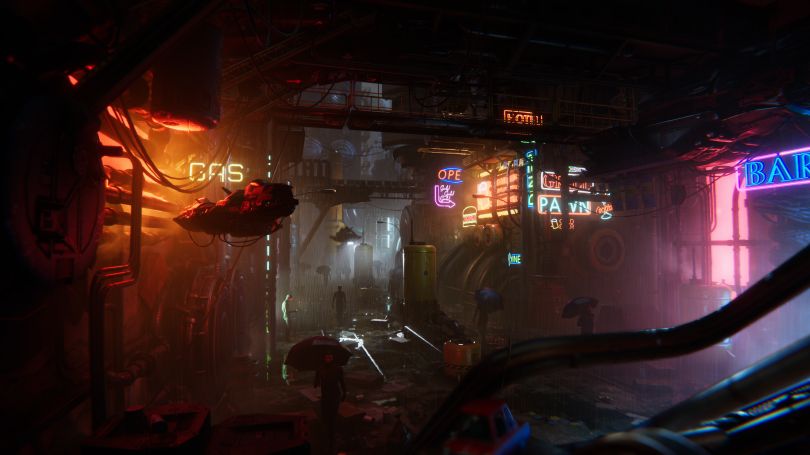
Unity Guide for Technical Artists
Access the ultimate guide to the toolsets and workflows that will empower you to achieve powerful visual game creation with Unity.

Unleash your imagination with Unity’s powerful, artist-friendly solutions. Tap into greater flexibility with tools specifically designed to help you work faster, in real-time.